One of the most repeated recommendations in the online photo-sphere is to think about your story. Storytelling should be the center piece of your photography. If your photos are boring, it’s because they’re missing a story. If your photos lack excitement, it’s because they’re missing a story. If your photos aren’t getting any likes, it’s because they’re missing a story. The idea that images should tell a story is so ubiquitous that it’s rarely challenged. It’s taken for granted that good photography tells a story.
This common advice is confusing for me. I remember watching YouTube videos in the early days of my photography journey urging me to think about the story of my photo. It doesn’t have one, I would think. It’s just visually pleasing. How can an image tell a story? To me, photography wasn’t like books or movies where the narrative is at the center. It was more static. A representation of a specific moment in time with nothing told about the before or after. There was no beginning or end, only now. It was missing a key thing in storytelling: time. A sequence of events that create a cohesive narrative.
Again and again, I saw storytelling being a key recommendation to “take your photography to the next level”. I understood the advice, briefly, when I was writing a post on connecting with fellow humans and went out specifically to take photos for that. The story I had in mind guided what I was looking for. The scenes that caught my attention were influenced by the intention of the photo walk and that shows in the photos. Still, I wouldn’t consider that each of those photos alone tells a story.
This week, I discovered a quote by Garry Winogrand that made me feel better accompanied in my confusion about this idea:
I think there isn’t a photograph in the world that has any narrative ability. They do not tell stories—they show you what something looks like... To a camera.
Winogrand is an American street photographer famous for documenting the hectic life of New York in the 1950s and 60s. He has a nonchalant way of speaking of his photography and what it means. He seemed dismissive of any deeper meaning: “I photograph to find out what something will look like photographed”. Despite his views, his own photography is assigned stories. This article about him says:
In interview after interview, the photographer clearly stated his belief in the limited capacity of the medium. Yet some of the most poignant images he left behind, many of which are currently on view at the Metropolitan Museum of Art, challenge his words.
The irony is not lost on me. Winogrand spends his life dismissing the ability of his photos to tell a story, only to then have his own images interpreted as stories.
Those stories as supplied by the viewer. It’s the imagined story that they viewer tells themselves about the photo. There’s an almost automatic response when we look at images to imagine the story, to fill the gaps with whatever assumptions we have about the photographed moment. Perhaps the story we assign to photos tell us more about ourselves than the actual event captured. Does that mean that the image is telling a story? Or is it more accurate to say that images make the viewer create a story in their mind? In any case, the story ends up existing in the mind of the viewer. Although it might not be an accurate representation of what happened in that moment, it exists nonetheless.
The storytelling potential of photography is a bit stronger with collections of images. With several images, you can create a sequence of events that shows some change over time. Take a look at this day in Cordoba.
Ultimately, I agree with Winogrand, I don’t think there is a story inherent in an image. But its ability to suggest, describe, evoke emotions is powerful. To counter the common “find the story” advice, my take would be: think about your intention.




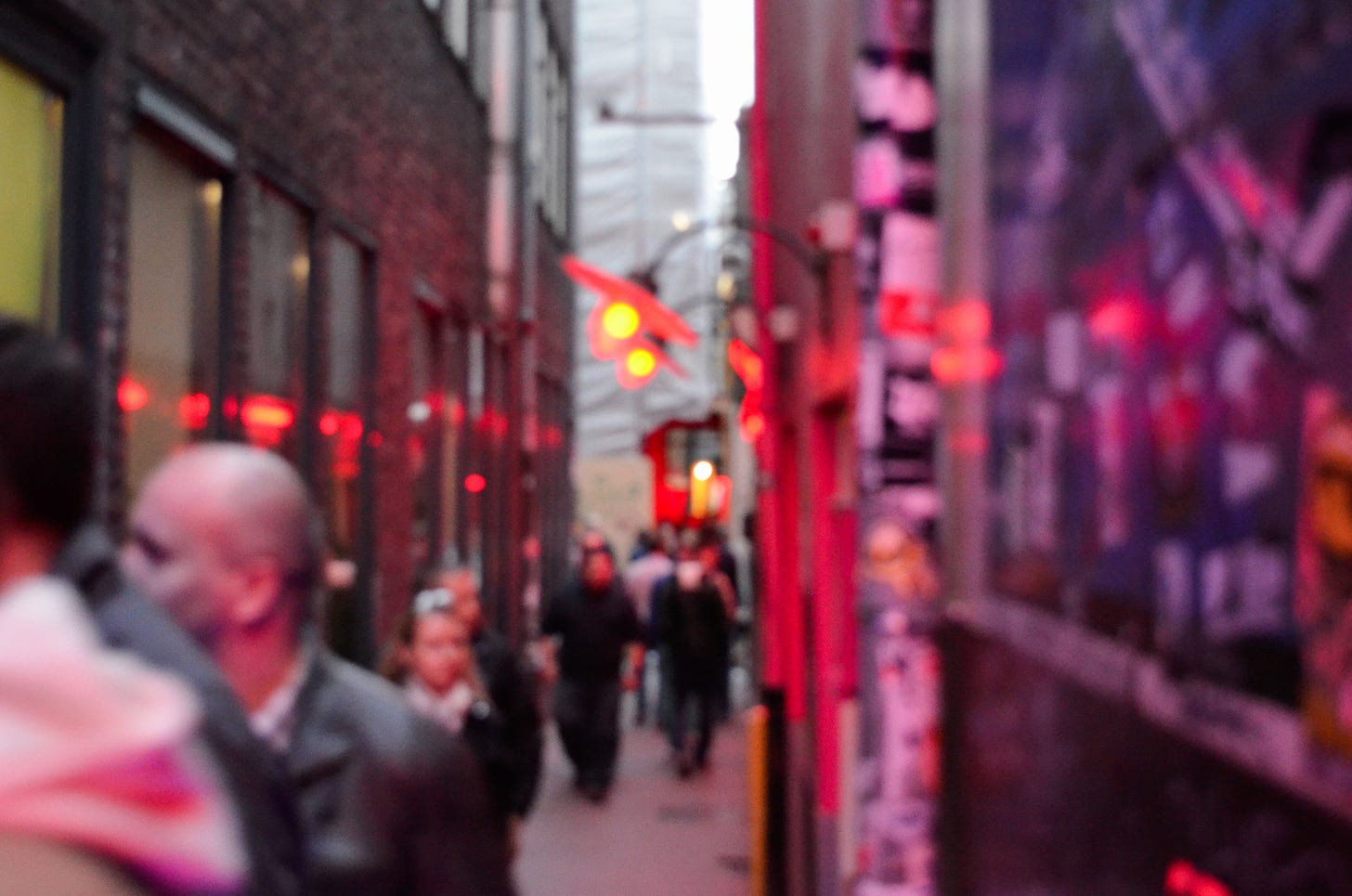

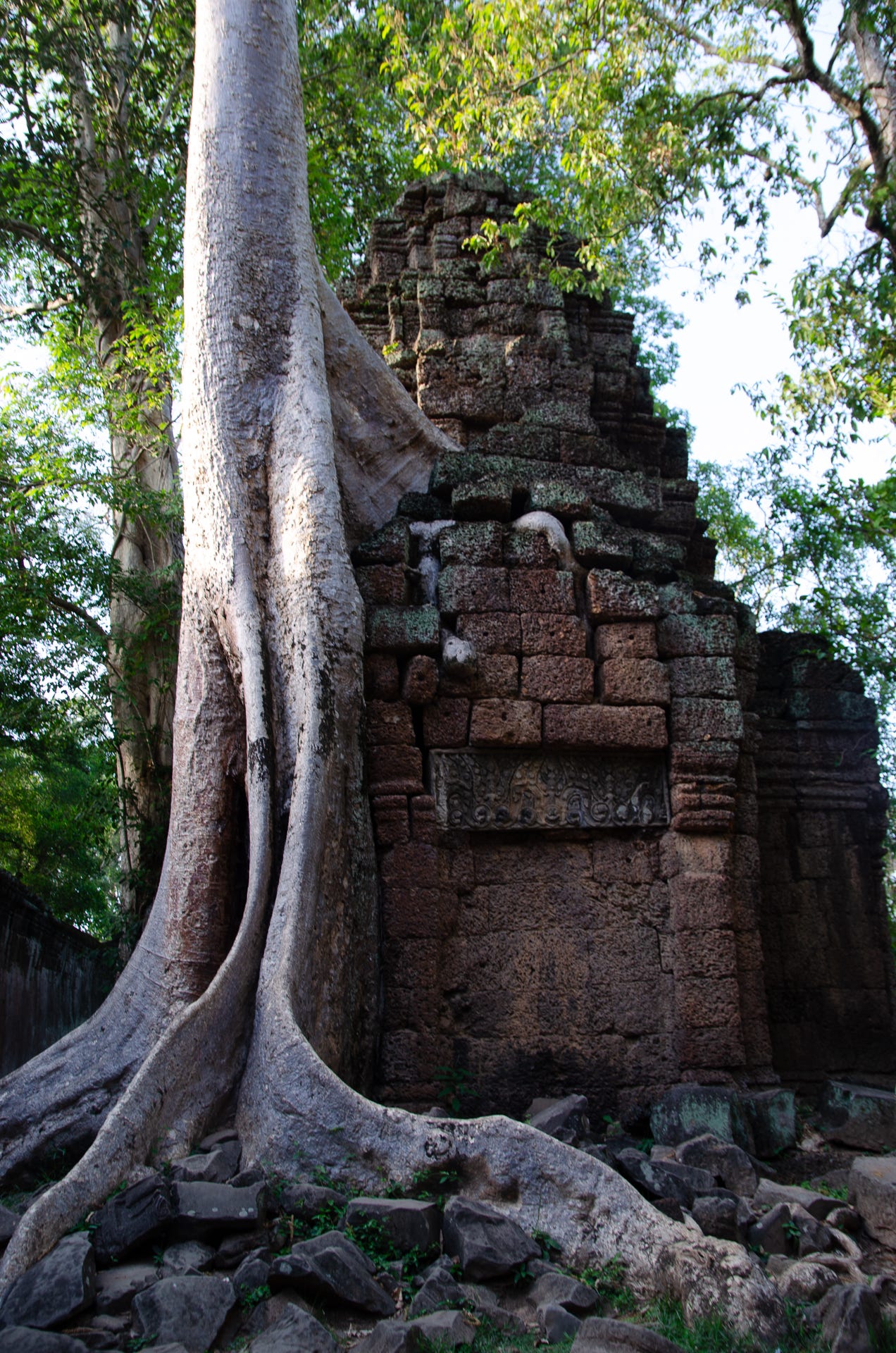
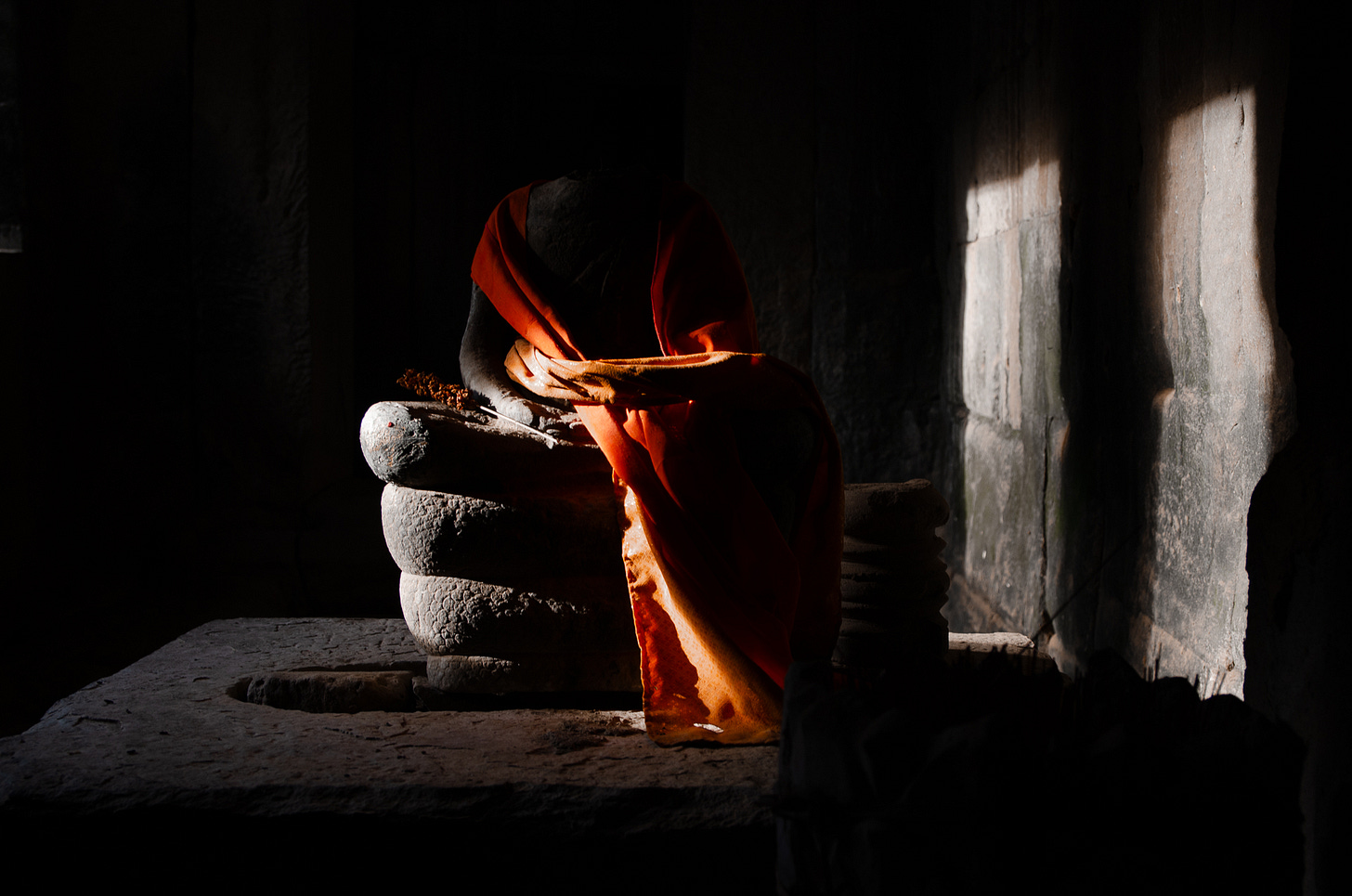
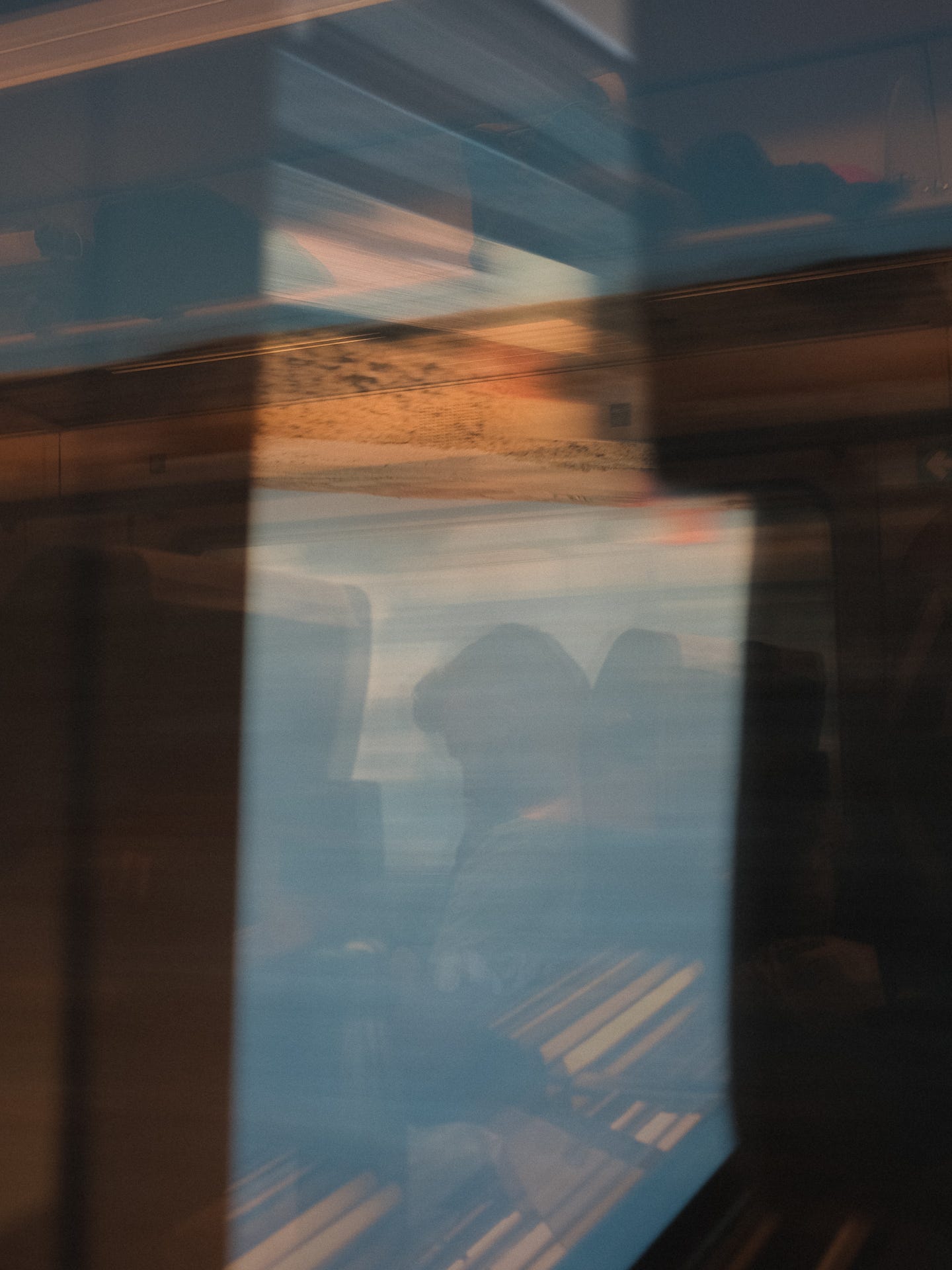
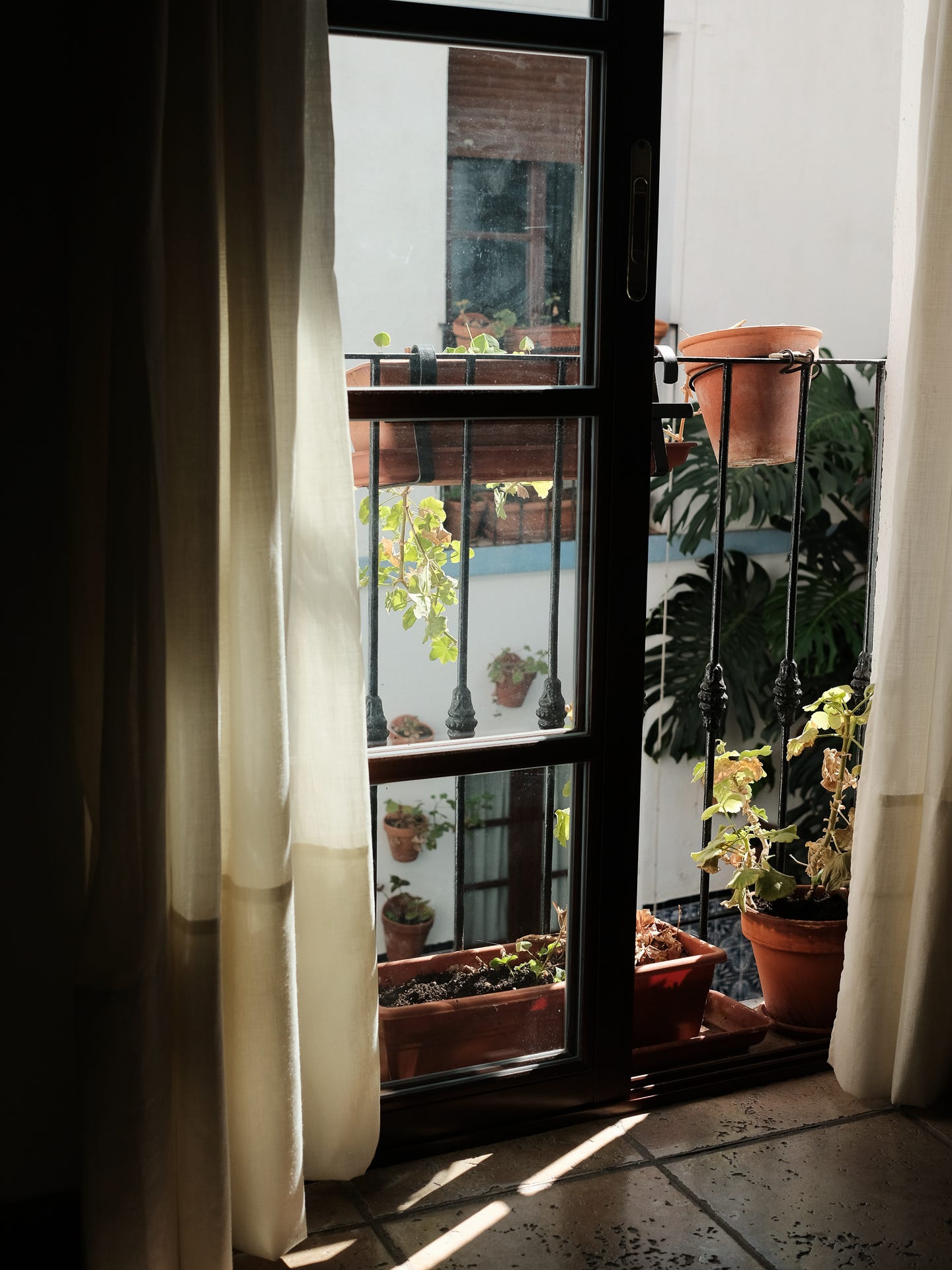
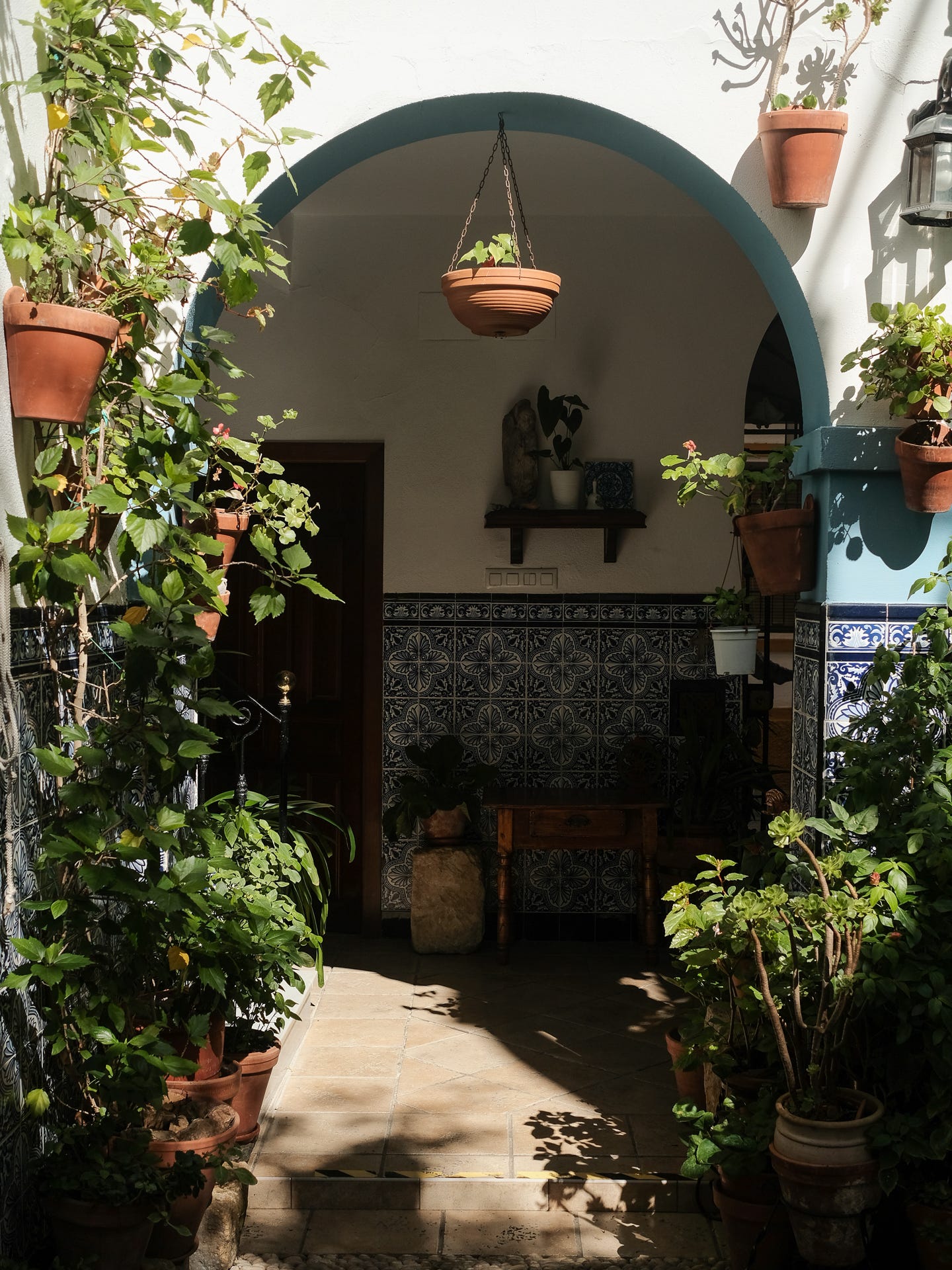

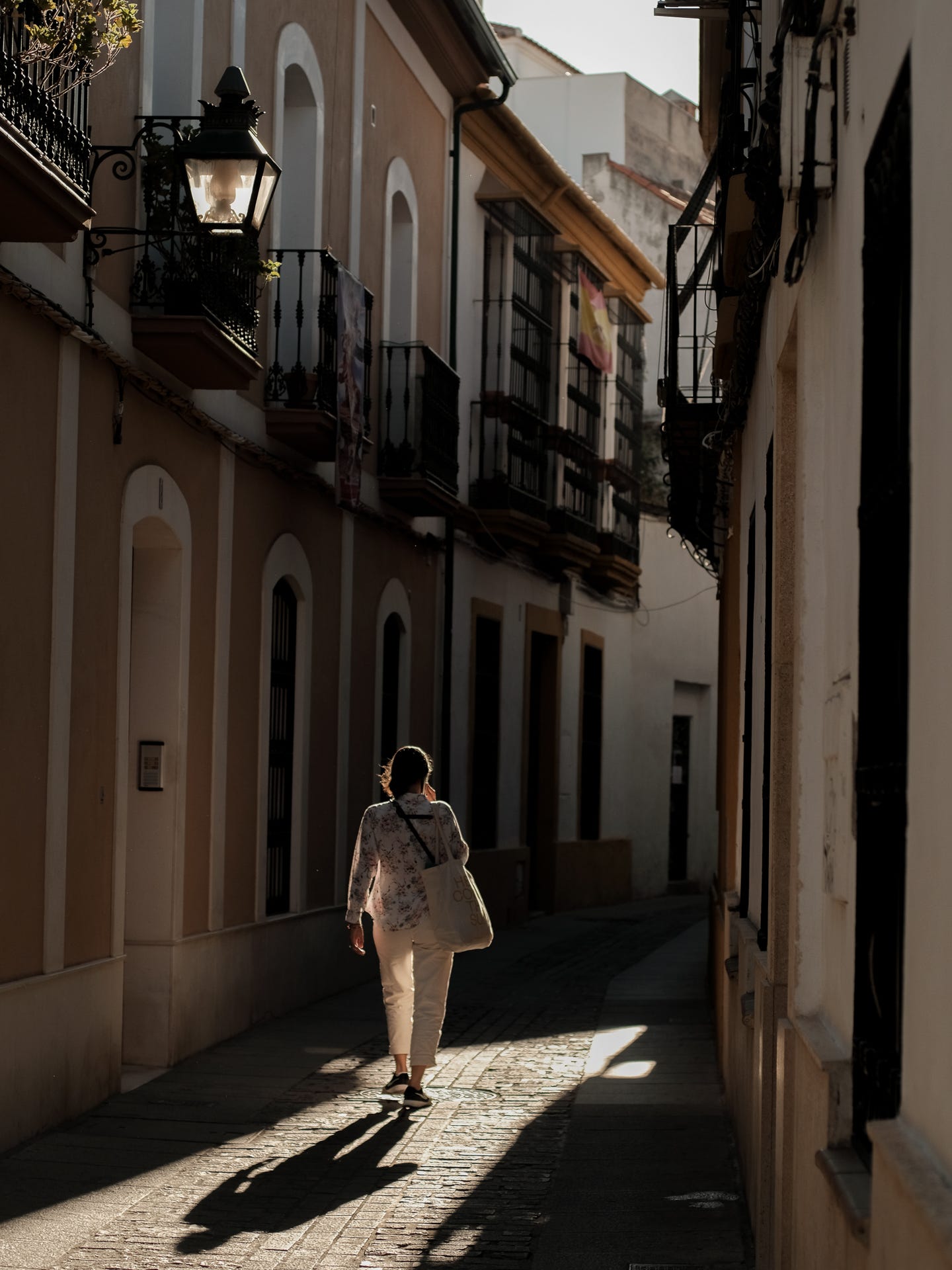


Because my interest in dreamwork, I see symbols. And symbols can be both personal or tribal. For example, we may recognize a heart shape (the doodle or the anatomical human heart shape) -- but our feeling might be different if we're in love, grieving or ill.
A good photo to me is not overdetermined -- it has within in tensions ---but also carries a transcendence -- a suggestion for healing -- a call for attention.